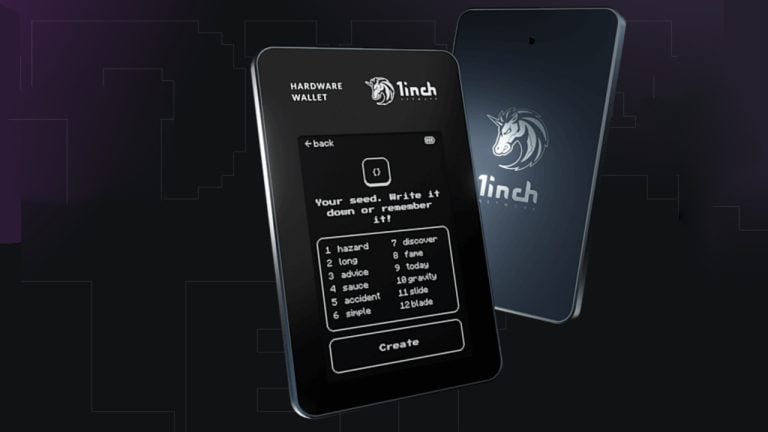
$117 million heads into crypto investment products in a single week, and the vast majority went straight into Bitcoin.
Bitcoin (BTC) rebounding 40% in January sparked the largest inflows of institutional cash since June 2022, data shows.
In its "Digital Asset Fund Flows" Weekly" report on Jan. 30, digital asset investment and trading group CoinShares confirmed $117 million headed into crypto in the last week of the month.
Institutions "not sold" on post-merge Ethereum
Bitcoin is still on the radar as an institutional investment opportunity.
As demonstrated by CoinShares’ latest data, it took a matter of weeks of BTC price action recouping prior losses to spark a major turnaround in investment habits — and not just in the United States.
“Last week's US bears seem to have changed their mind with US$117m inflows, including US$26m from the United States,” CoinShares wrote in a Twitter thread accompanying the report.
“This is 3x the amount from last week. Total AuM had risen to US$28bn, up 43% from their November 2022 lows.”
Germany was the surprise leader, responsible for 40% of the week’s tally, followed by Canada.
Despite altcoins rallying in line with Bitcoin, however, institutions appear mainly interested in BTC when it comes to cash.
In the words of CoinShares, “the focus was almost entirely on Bitcoin,” a fact not lost on market participants eyeing a potential shift in preferences away from the Ethereum-centric DeFi arena.
“This is evidence that institutional money isn't sold on the Ethereum thesis,” popular Twitter account Pillage Capital argued.
The numbers likewise belied testing times for certain altcoins, with CoinShares singling out Bitcoin Cash (BCH), Stellar (XLM) and Uniswap (UNI). Solana (SOL), Cardano (ADA) and Polygon (MATIC) nonetheless saw net inflows.
“Multi-asset investment products saw outflows for the 9th consecutive week totaling US$6.4m, suggesting investors are preferring select investments,” it commented.

GBTC sinks towards new record discount
After staging a marked comeback of it own, meanwhile, the largest Bitcoin institutional investment vehicle seems to be running out of steam once more.
Related: Bitcoin sees golden cross which last hit 2 months before all-time high
The Grayscale Bitcoin Trust (GBTC) traded at a 43% discount to Bitcoin spot price on Feb. 7, having recovered to 36.2% in mid-January.
As Cointelegraph continues to report, Grayscale currently finds itself caught up in difficulties impacting parent company Digital Currency Group following the disintegration of FTX in November.
Even before that, however, GBTC was struggling, as Grayscale attempts to force U.S. regulators to allow it to convert it to the country's first Bitcoin spot price exchange-traded fund (ETF).

The views, thoughts and opinions expressed here are the authors’ alone and do not necessarily reflect or represent the views and opinions of Cointelegraph.















